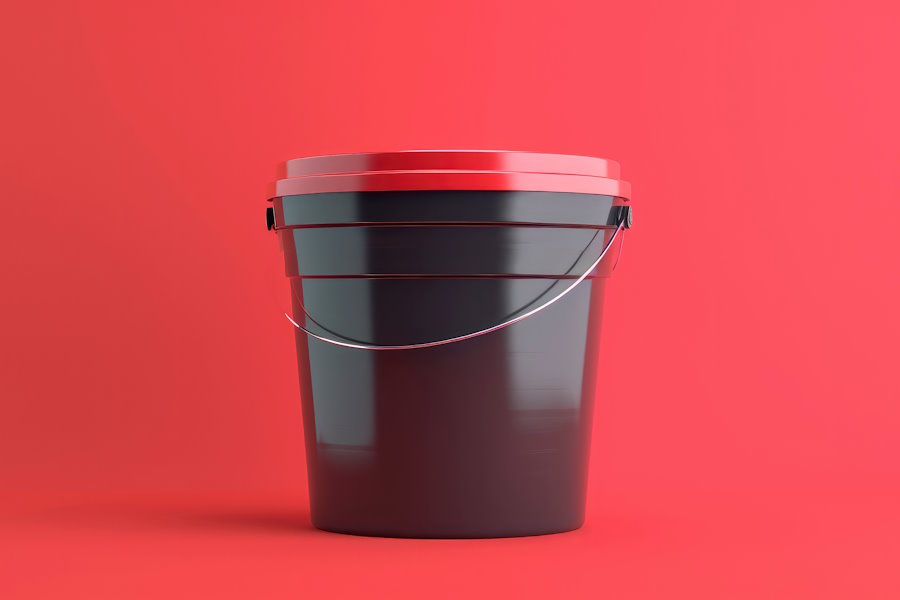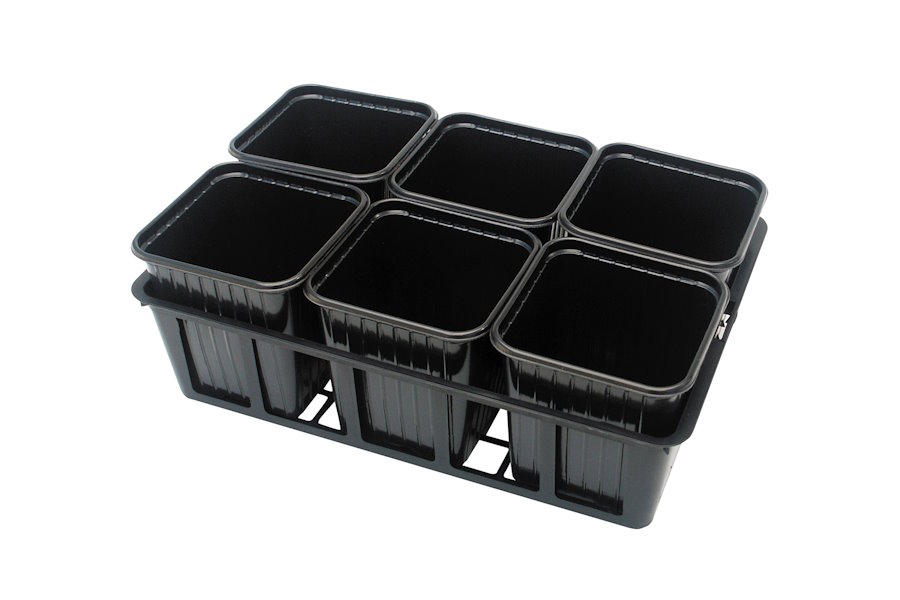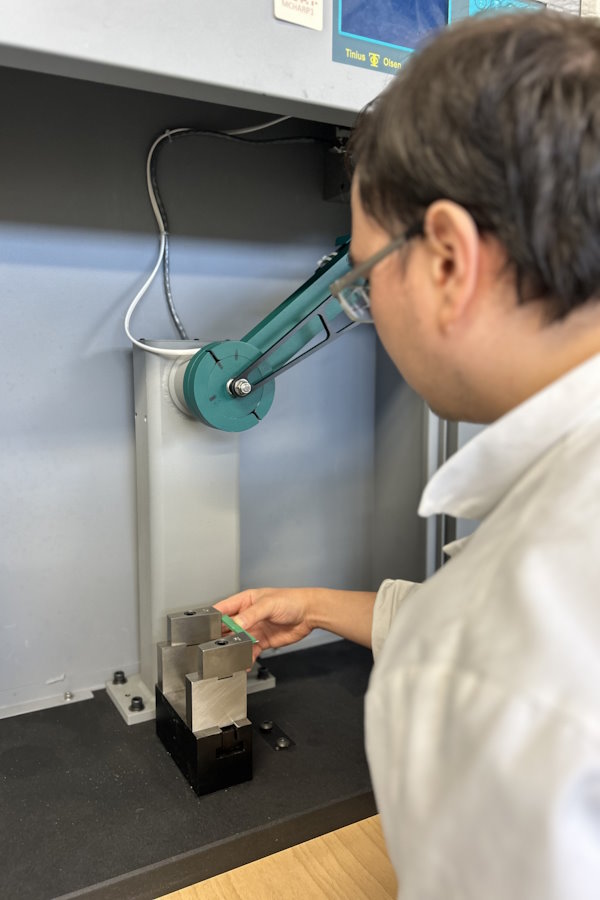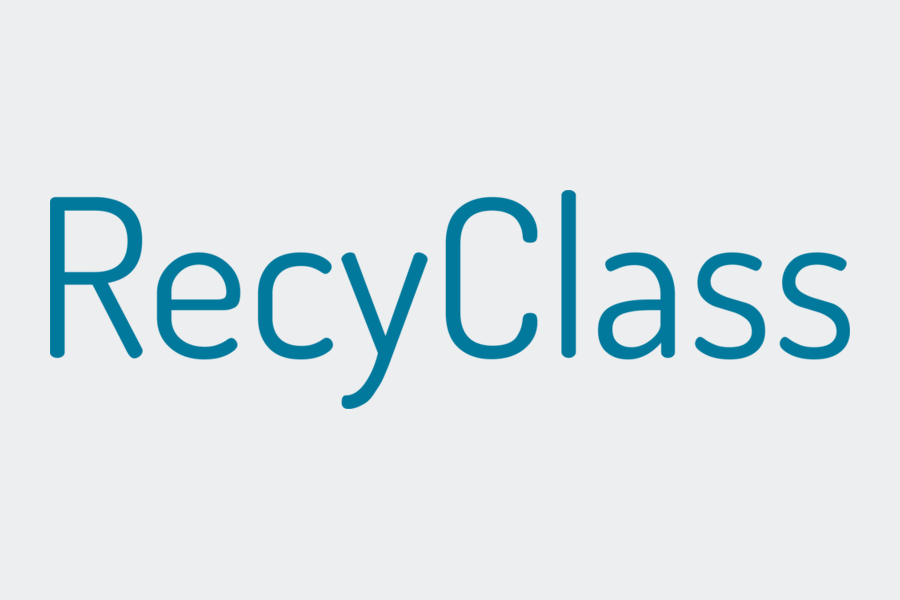Our products rPP
General information on recycled Polypropylene
Polypropylene (PP) is a thermoplastic polymer belonging to the polyolefin family. It is one of the most widespread and versatile plastics in the industry.
Recycled polypropylene (rPP) offers a preferred ecological option for a wide range of applications.
Some applications for recycled PP
Melt flow indexes (MFI) for polypropylene range from 1 to 100 g/10 min (230°C / 2.16 kg). They will have different applications depending on these values. Here are the main rPP grades we offer:
rPP standard injection grades
Standard injection grades have MFIs ranging mainly from 15 to 40 g/10 min (230°C / 2.16 kg) and can be used to produce all types of solid parts. These rPP grades are used in a variety of applications, mainly for the manufacture of containers such as bottles, jars, storage boxes, laundry baskets, etc. Other, less well-known applications for these grades also exist, such as the manufacture of switches, sockets, outdoor furniture, etc...
rPP high-flow injection grades
High-flow rPP grades are required for thin-walled applications. MFI above 40 g/10 min (230°C / 2.16 kg), typically around 60, are then required. The fluidity of these grades enables them to be used for the manufacture of small parts such as bottle caps.


rPP impact grades
The rPP impact grade is defined according to an impact resistance value. Typically, a value in excess of 5 kJ/m² in notched Charpy impact can be used as a threshold. The main applications for these rPPs are in the automotive sector, for the production of various parts such as bumpers, dashboards or exterior protective panels. These rPPs can also be used for the production of robust transport packaging or sports equipment such as protective helmets.
rPP extrusion grades: cast, thermoforming
Lower fluidities are required for rPP extrusion grades, typically below 10 g/10 min (230°C / 2.16 kg). Such grades can be used to produce packaging film or sheets. In particular, sheets can be thermoformed for a variety of applications: packaging, storage/storage products such as boxes or trays.
rPP properties and characteristics
Polypropylenes can be differentiated according to whether they are:
- PPH: homopolymer, only propylene is polymerized
- PPC: copolymer, a small fraction of ethylene is copolymerized with propylene
- PP impact: an impact additive is incorporated, often an elastomer based on ethylene and propylene (EPR, EPDM...).
Stiffer, more brittle PPH feature higher Young's moduli and maximum stresses, while PPC have better Charpy or Izod impact performance. Impact PP have enhanced impact performance compared to the copolymer, at the expense of stiffness and flowability.
PPH, PPC or PP choc have no properties that would enable them to be sorted industrially: no significant differences in density or infrared spectrum. Most of the time, therefore, they will be mixed in a post-consumer recycled PP (PCR). In some pre-consumer (or post-industrial, PIR) recyclates, if the waste streams are well known and well separated, it is then possible to have 100% homopolymer, copolymer or impact PP.
The majority of PP are blends of different PP, even including HDPE. Whatever the actual nature(s) of the PP within recycled polypropylenes, stiffness and impact resistance properties will also be influenced by photo and thermo-oxidative ageing, the presence of fillers, HDPE or other non-melted impurities (elastomers, for example)... At Polytopoly, we check and monitor the mechanical properties of all our rPP references to get a precise idea of their performances.

Customer/supplier collaborative working methods and information about sources

Customized characterizations to meet the challenges of each application.

Polytopoly's team of engineers works to propose solutions deemed best suited to the customer's constraints, backed up by its experience and track record in comparable applications.

In order to assess the uses of its customers' products, Polytopoly offers reverse engineering, which gives a more detailed view of products that have already been approved.

Product sources are diverse and identified for rigorous technical and regulatory traceability.